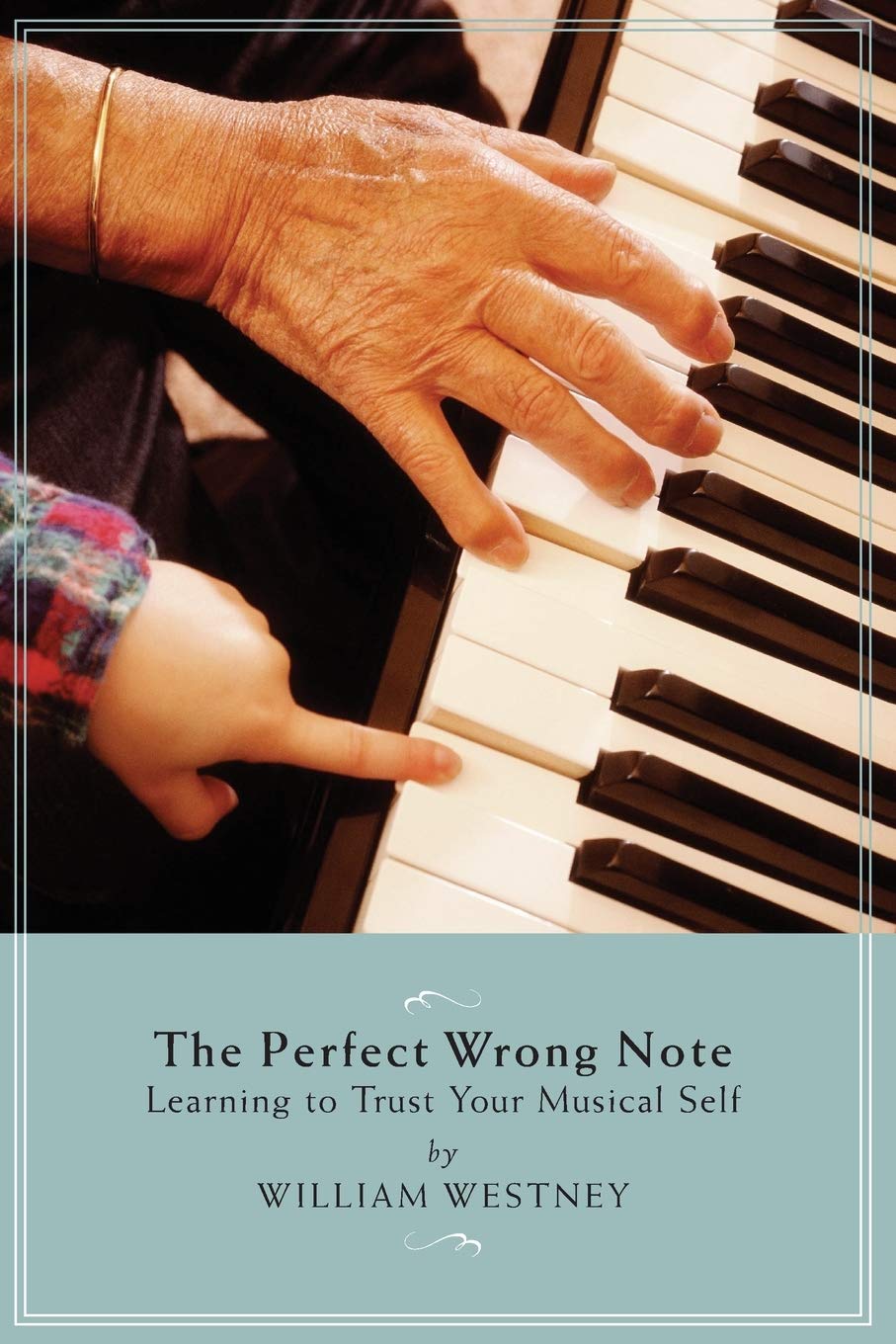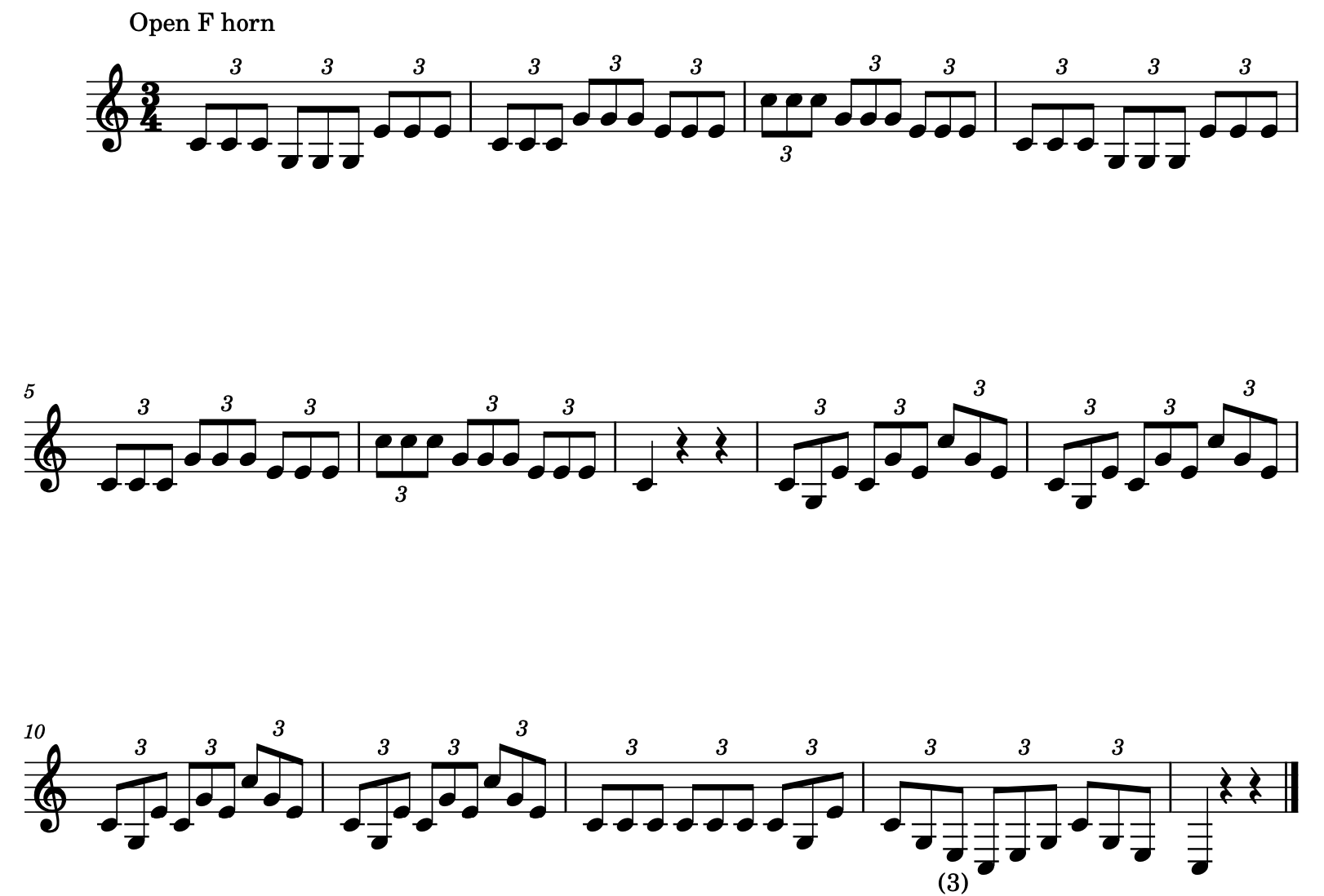Lately, I’ve been focusing on a chapter called “Juicy Mistakes” in William Westney’s The Perfect Wrong Note. The author opens the chapter with a description of one traditional practice room concept: Mistakes should be prevented in the practice room because the brain will learn it the way we play it, mistakes and all.

The Perfect Wrong Note, by William Westney, Amadeus, 2006
This way of thinking leads to practice strategies such as this:
- Slow down the metronome to a tempo where you can play the selection with no mistakes.
- Repeat the selection, start-to-finish, until you play it mistake-free 10 times (for example) in a row.
- Then, move the metronome speed up a click and do it all again.
- Keep doing this every day until you reach performance tempo, or a bit faster.
Westney is quite critical of this thinking, observing that it leads to a cautious and over-controlled approach playing. When I read that, bells and lights went off in my brain. I think my natural personality tends to lead me to an over-cautious approach, in which I am more focused on avoiding errors than playing musically.
Instead, Westney advocates treating every mistake as an opportunity. Each mistake is a chance for pausing and reflecting on what just happened, and learning from it.
In the last week or so, I have tried to put this idea to work, including on this articulation exercise that I’ve been playing almost every day since the summer. It’s a harmonic series exercise that I repeat in (almost) every horn key, alternating between downward to horn in C and upward to horn in B♭. For months, I’ve been playing it the same way each day, increasing the tempo slightly every week or two, although I’ve been stuck on a plateau lately.

Harmonic series articulation exercise. For a demonstration, see Scott Leger’s video.
Last week I changed this up. First, I played it slowly, much slower than my top speed. Instead of playing slowly to prevent mistakes, however, I focused on something more positive and productive: the sound quality. Is the tone quality resonant and even as I move up and down the range?
Next, I set the metronome faster than my comfortable top speed, and I broke it down into a beat, or a measure, or a couple of measures at a time. The tempo was fast enough to guarantee some mistakes. Each time I made a mistake, instead of quickly repeating the fragment, I paused to rewind the moment in my mind. What did the mistake feel like? What did I observe?
Soon, I was able to discern patterns. Missing the lowest note in pattern felt like a lazy, imprecise shift, either in the jaw or the tongue. Missing the highest note in the pattern had several causes, including over-adjusting to go down and then not adjusting correctly as the notes moved back high, or not shaping the air flow well enough in that final 6th jump to the top note.
And, to my pleasant surprise, I found myself quickly moving past the speed plateau that I’ve been stuck on.
By the way, I have just added a comment section to the bottom of these posts. Feel free to leave your thoughts.